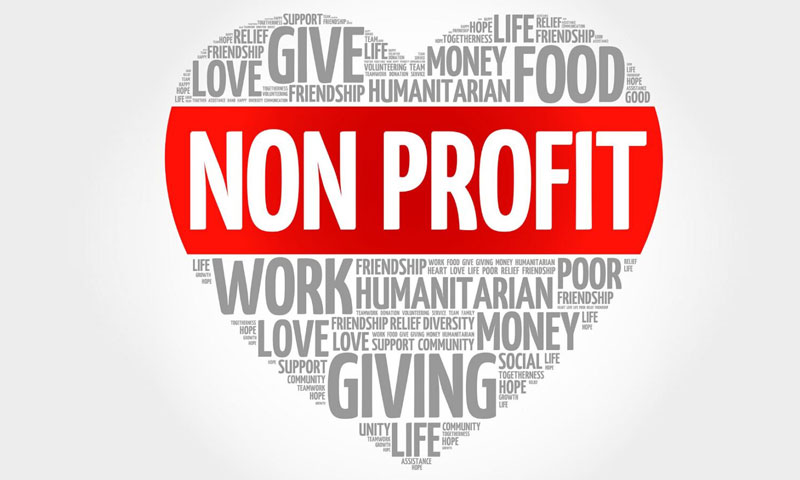Non-profit organizations have a unique challenge when it comes to building a website. They need to create a digital presence that not only represents their mission and values, but also effectively communicates their purpose and attracts donors and volunteers. In this article, we will discuss the key features that a non-profit website should have in order to succeed.
Clear and Compelling Messaging
One of the most important features of a non-profit website is clear and compelling messaging. Your website should be able to communicate your mission and values in a concise and engaging way. This messaging should be prominent on your homepage, as it is often the first page that visitors will see. It should be easy to understand and inspire visitors to take action.
Easy Navigation
A non-profit website should be easy to navigate, with clear and organized menu options that allow visitors to quickly find the information they need. A good rule of thumb is to keep your navigation menu to no more than seven items. Additionally, you should include a search bar that allows visitors to search for specific information.
Donate Button
Donations are the lifeblood of non-profit organizations. As such, it is important that your website includes a prominent donate button that is easy to find and use. Your donate button should be visible on every page of your website, and you should make it clear how the funds will be used. For a live online demonstration of this feature, visit our live e-commerce demo website at E-STKITTS.COM (https://estkitts.com/donations/donation-form/)
Volunteer Opportunities
Volunteers are also critical to the success of non-profit organizations. Your website should include information on how people can get involved, such as volunteer opportunities, events, or even a form to express interest. Make sure to include details about the time commitment and what volunteers can expect to gain from their experience.
Social Media Integration
Non-profit organizations can greatly benefit from social media, as it provides a platform to connect with donors, volunteers, and the broader community. As such, your website should include social media integration, with links to your organization’s social media pages. You can also embed social media feeds to showcase your organization’s activities and events.
Impact Stories
Donors and volunteers want to see the impact that their contributions are making. Your website should include impact stories that demonstrate the difference that your organization is making in the community. This can be done through testimonials, case studies, or infographics that showcase your organization’s achievements.
Mobile Responsiveness
Finally, it is important that your non-profit website is mobile responsive. More and more people are accessing the internet on their mobile devices, and your website should be optimized for these users. This means that your website should be easy to navigate on a smaller screen, with buttons and links that are easy to tap.
Non-profit websites should always be designed with the user in mind. It should be easy to navigate, clearly communicate your organization’s mission and impact, and provide opportunities for people to get involved. By incorporating these key features into your website, you can create a digital presence that effectively represents your organization and attracts donors and volunteers.

